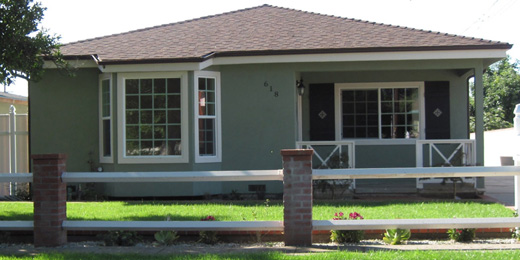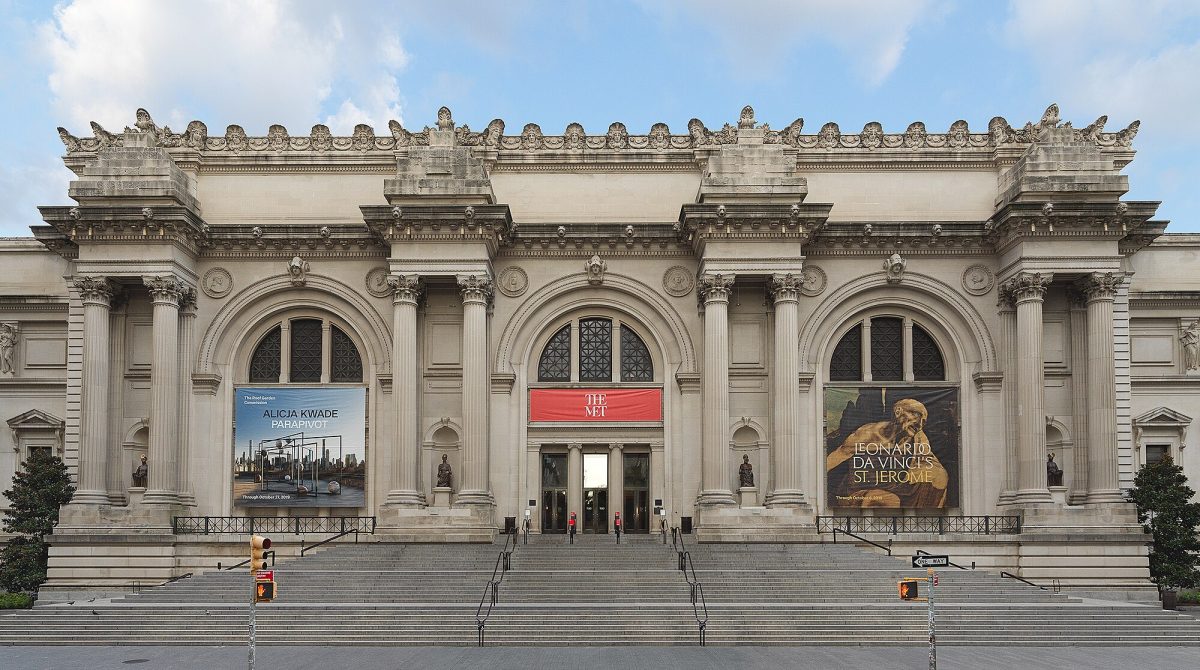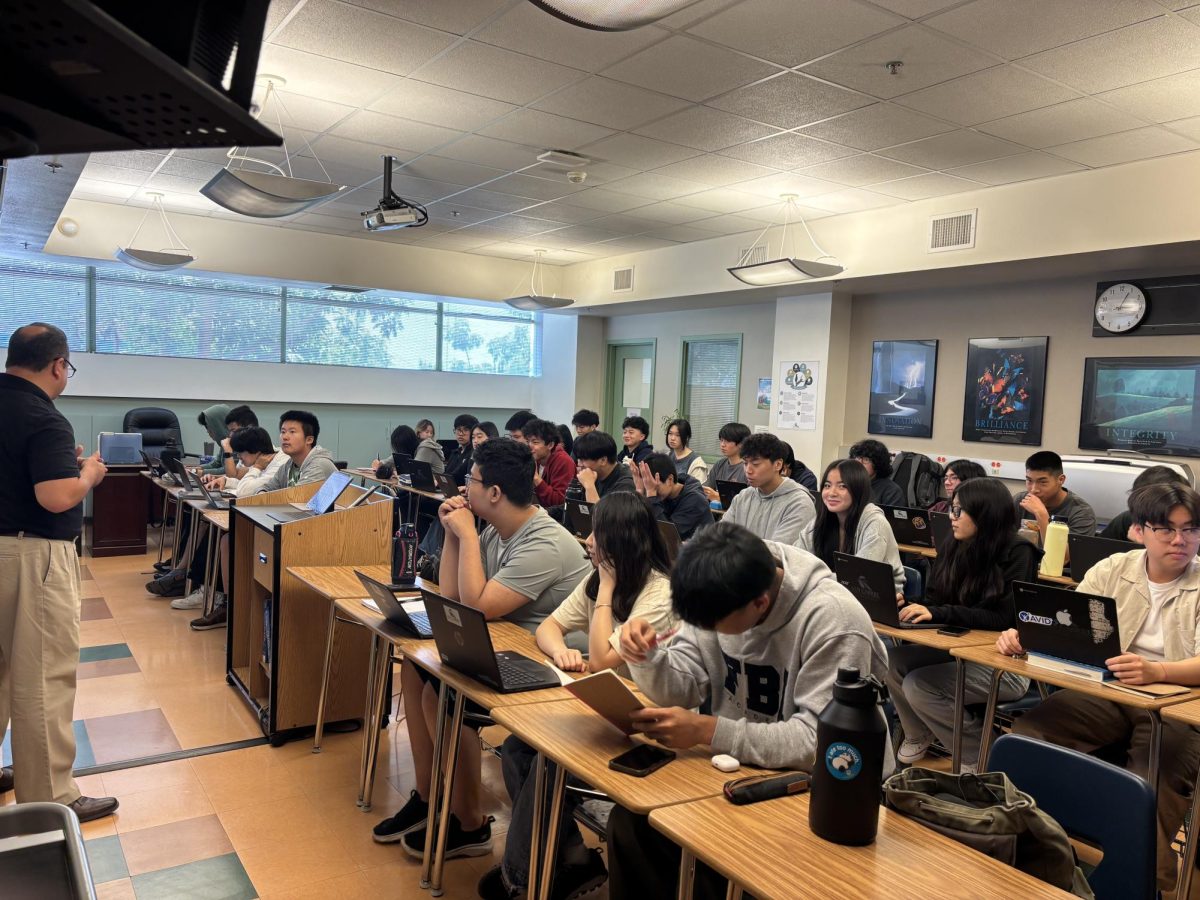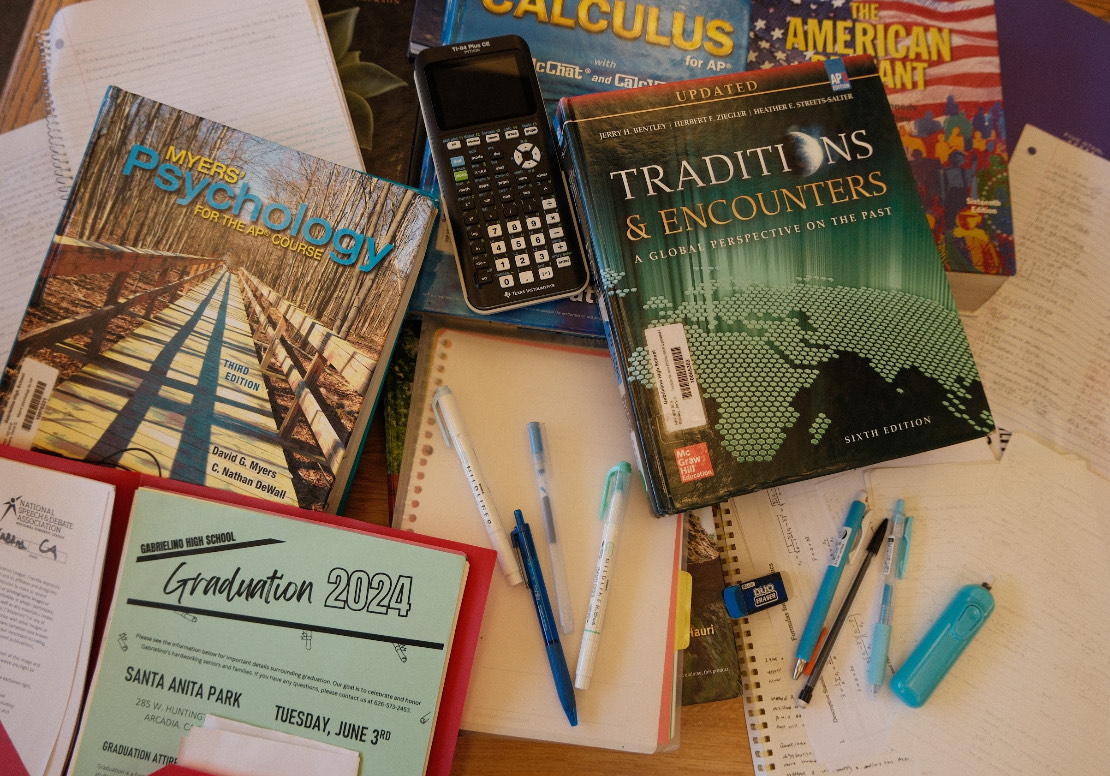The very first concern listed in the City of San Gabriel’s 6th Cycle Housing Element is:
“Housing in San Gabriel is very expensive. It is difficult for families and working people to afford to live in San Gabriel. Long-term renters with dual incomes cannot afford to buy a home in San Gabriel.”
The median price of a house in San Gabriel is over one million dollars, a price of $1,156,836. This has led to San Gabriel becoming a majority renter city, with rented units accounting for 55.4% of the city’s housing units. Yet despite this, the city has a 10% lower annual median income than the rest of LA County and an above-average rent. For a city that needs over 3,000 new units to meet its goals for affordable housing, San Gabriel has only been able to produce 346 over the past two decades.
What is often not considered, however, is the outsized impact on the students when their cities become unaffordable. Students must commute longer times, or transfer to different schools. And districts must contemplate cutting budgets and closing schools.
This story should not be new for any resident of California, as recent years have shown a slow but precipitous decline in population. Forbes reports that 2020 was the first time California had a net loss of people to other states, the main targets Florida and Texas.
When their parents leave, so do students, and districts have been understandably preparing for this contingency over the past decade. Twenty years ago, the Los Angeles Unified School District (LAUSD) stood proudly as the nation’s second-largest school district with 737,000 students. Today, that number has gone down by over 300,000, leaving the city with 430,000 students and numerous schools completely depopulated.
Edsource, an educational newsroom, reports projections for a further 28% reduction in the student population by 2030. Massive reductions in student numbers mean equally massive decreases in state funding and resources. To compensate for massive cuts to the budget and insufficient student numbers, LAUSD is prepared to stop enrollment and close schools.
In the Hacienda la Puente School District, which covers the City of Industry and Hacienda Heights, student numbers are threatening to drop below 12,000 over the next 5 years. When the district announced it would close 4 elementary schools just last November, parents erupted and marched on the city hall. Their concern was chiefly the lack of transparency around the whole process, which not only forced students to attend new schools but to commute farther and longer.
And so has this problem emerged at Gabrielino. A poll conducted by the Tongva Times from February 7th to the 14th found nearly 30% of respondents commuted to Gabrileino from outside of San Gabriel. Some of these students technically came from the unincorporated area of East San Gabriel in the North, but certainly not all of them.
Shawn Peters, AP World History teacher, who lives in Rosemead reflects that 20 years ago he attempted to buy new developments just blocks away from Gabrielino. “Me and Coach Sanin were looking at new two-story houses… and we couldn’t afford them,” Peters furthers.
Over 20 years, Mr. Peters still lives in Rosemead, and prices have certainly not decreased.
Many have pointed towards the pandemic for the massive drop in enrollment numbers, with LAUSD’s class of 2023 and 2032 reporting declines during that period. Gabrielino reported nearly 1800 students pre-pandemic. In 2024, that number has dropped sharply to 1470.
Eileen Chi, the librarian for Gabrielino’s library and who dealt with the Western Association of Schools and Colleges, or WASC accreditation for the 2023-24 school year, remarks, “There are a variety of reasons for declining enrollment… it’s not just unique to Gabrielino. People are moving out of state, the cost of living, people are having children later in life, and people might be putting their kids in charter schools or homeschooling.”
Yet Mrs. Chi once lived in Cerritos and has steadily moved further east after marrying and starting a family. Instead continued decline and the fact San Gabriel’s population has barely changed point instead towards systemic housing issues that are keeping students out.
Mr. Peters takes the hardline position that students should be going to the schools zoned for where they live. However, the consequence of lower student enrollment could soon dawn on incoming freshmen. Fewer students means less support for new APs and classes and there may only be one section for particularly rigorous classes. Extracurriculars like sports and speech would have to contend with fewer members. Departments would get even smaller and be more strained for resources.








